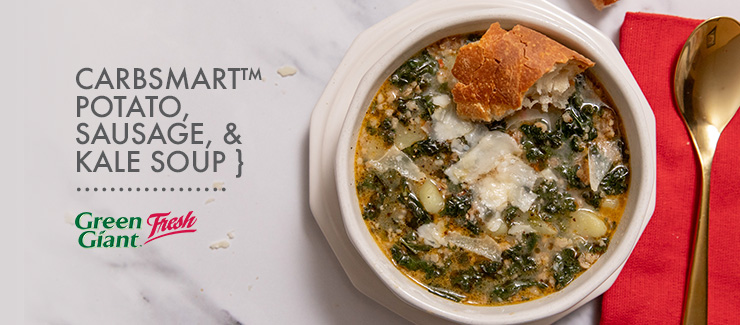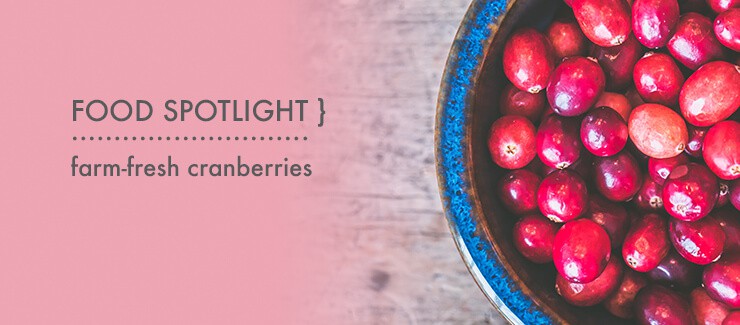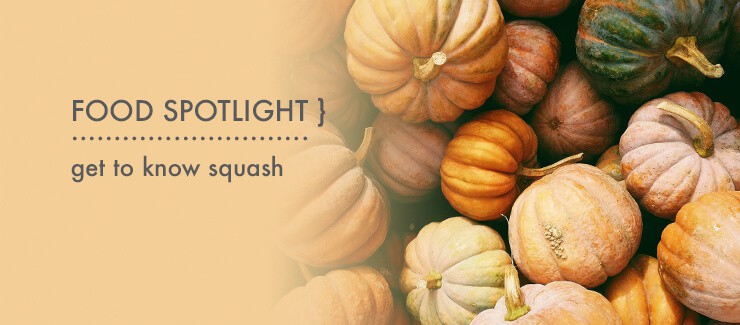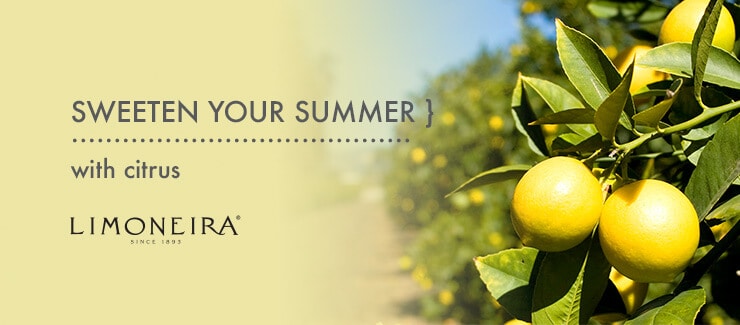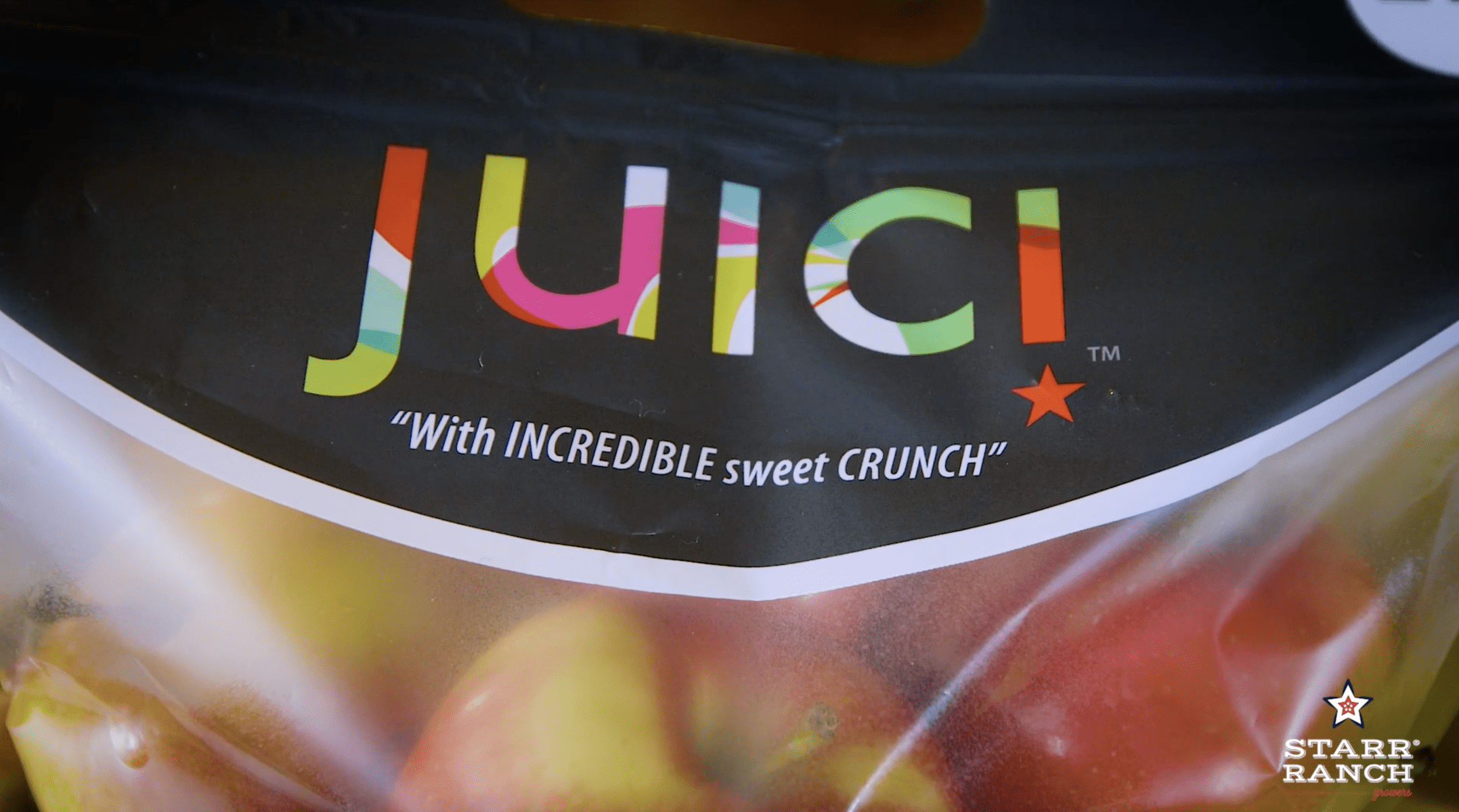Perfect for a weeknight dinner or a make-ahead meal for busy days, this easy, one-pot recipe combines simplicity, healthfulness, and that oh-so-satisfying feeling only a good soup can deliver.

Don't reserve apples just for apple pie – get creative in the kitchen with these deliciously tart and sweet JUICI™ apples from our friends at Starr Ranch® Growers!
Cranberries are often processed and canned during the holidays for cranberry sauce, but we suggest treating yourself to the farm-fresh fruit while it's available and in season!
Now that it's fall, it's time to focus on all things squash! Check out this list of fall favorites and let us know which one you're going to add to your grocery list this season.
What's better than delicious mashed potatoes? Mashed potatoes with Gravy! Introducing the NEW Minute Mashers with Gravy, which puts the ease and convenience into making REAL mashed potatoes and gravy. You can now take back that extra time and energy and have a clean kitchen, too!
July might officially be National Watermelon Month, but we're celebrating with Melon 1 Watermelons all summer long! We know you're going to love the sweet watermelons grown by Melon 1 and their farmers. Plus, we just love how they're all grown right here in the USA.
Every chef and home cook can agree that one of the best ways to make any dish come alive is to add some citrus! But cooking isn't the only way to sweeten your summer with citrus!
When convenience meets deliciousness it's a beautiful thing! Minute Mashers™ from Green Giant™ Fresh delivers the homestyle buttery taste of homemade mashed potatoes without the hassle.
If the name "JUICI" doesn't immediately sell you on this delicious JUICI™ Apple, then maybe our latest recipe will. You'll love this apple for so many reasons and the main reason will definitely be the flavor.
Take care of yourself by eating nourishing foods that not only help you to feel good, but they also fuel your body to get through your busy days.
Our friends at Green Giant™ Fresh offer plenty of potato varieties; and while they're ALL great, one that is close to our hearts are these delicious Petite Potatoes.
Delicious Starr Ranch® Growers' hand-picked, dark sweet cherries are packed with reasons why you should have them on top of your grocery list. See these special benefits, and why they're a "super fruit!"
Reaching for a sweet, juicy slice of watermelon this summer provides you with more health benefits than you may realize!
There are so many reasons to love a prune, however, the D'Noir Prune from Sunsweet is just a little more special, unique and delicious, and we want to tell you why!
The russet is the most popular potato variety in the United States and a go-to vegetable in our kitchens, but you might have wondered if it is a healthy option? Well, we have the facts that are sure to wow you!


